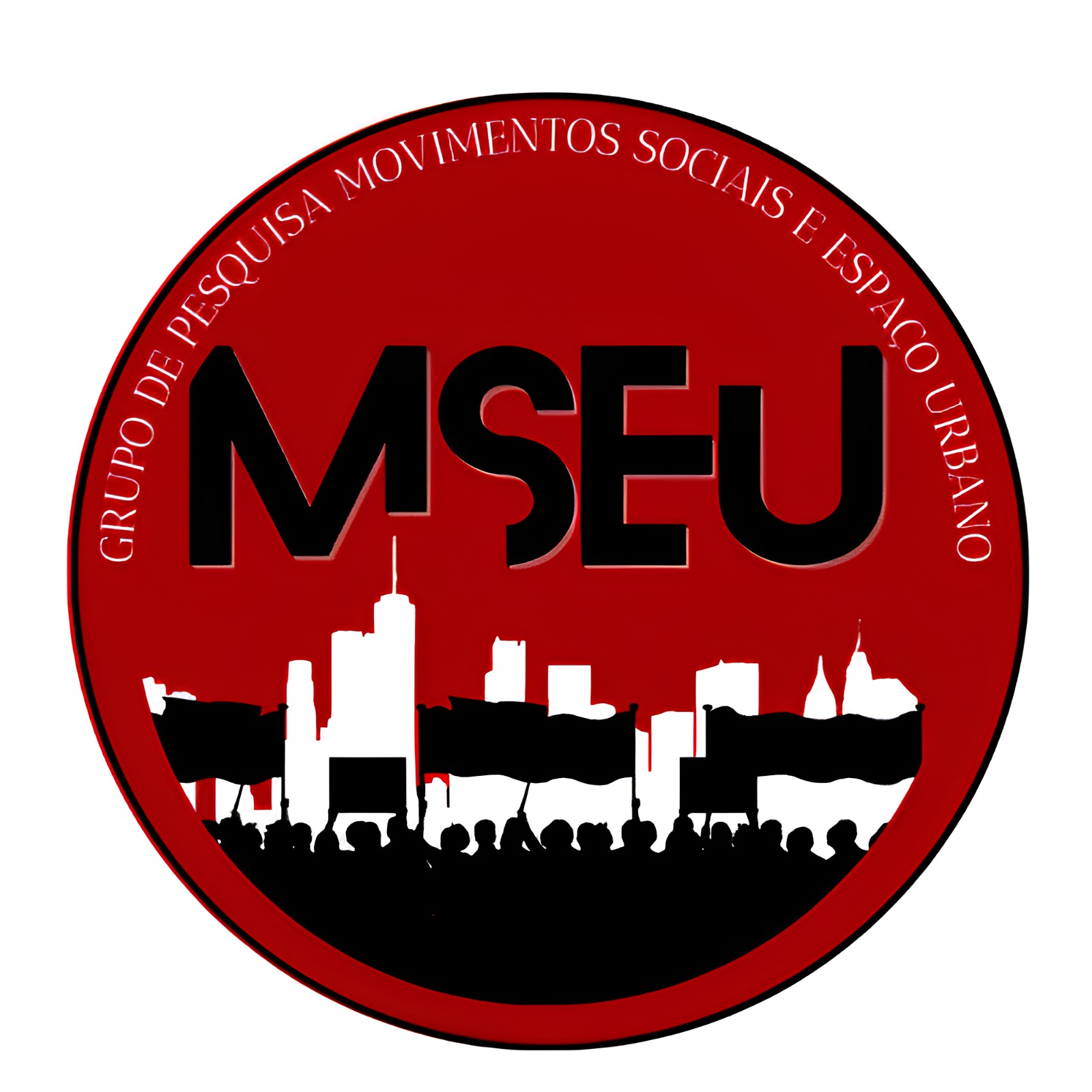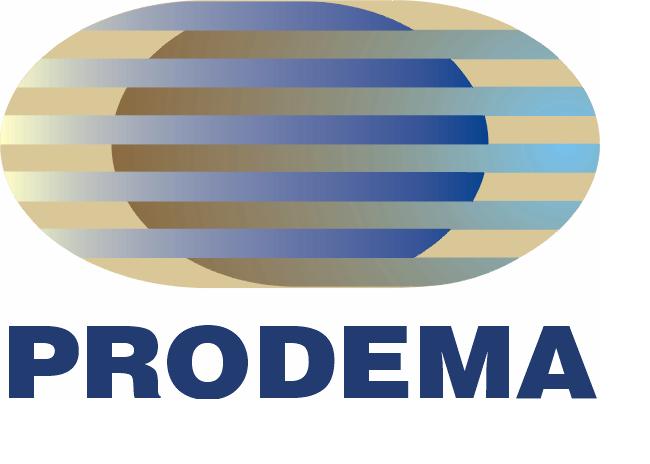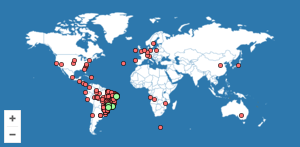Urban Sprawl on The Venice Mainland: risks for the regional public heritage
Palavras-chave:
Geografia, Crescimento urbanoResumo
The current economic crisis is strictly dealing with a long time undisturbed dynamics of building and road densification affecting the environmental quality of the Venice mainland and such increase in land consumption shows no sign of slowing down. Main risks concern irremediable devastations and dissipations of the regional public heritage perpetrated ever since the Sixties, the early years of the economic “miracle”. A more immediate awareness of these incremental trends derives from an empirical approach: travelling in the Veneto region is the proper way to grasp the shapeless hybrid mess represented by urban sprawl, which extends beyond the city yet is devoid of any countryside. These are unfortunately insatiable incremental trends not totally related to the legitimate and desirable requirements of harmonious development, and rather express the appetites of a race without shared rules towards the expansion of consumerism, land speculation, increased use of cement and the need for roads. Urban sprawl generates a widespread crudeness of discomfort and social conflict, declining furthermore shared sociality. The word “unease” was even used to underscore the negative effects in a broad sense of the chaotic densification between the meshes of the ancient Roman centuriation, amid the most highly-prized achievements of the Palladian landscape, bordering on river courses and around old-town centres. As to the hydrographical system and despite the numerous offences suffered, the Venice mainland still continues to offer major water endowments of undisputable beauty, where the centuries-old anthropization of these areas has implanted an extraordinary cultural heritage, in which Palladio played a major role, a further added value which should sound as a warning against potential dissipative threats. Riverscapes have to be considered as the key element behind the making of any truly innovative urban choices and for a land-use policies sensitive to the preservation and requalification of the environment and from which derive effective opportunities for the consolidation of a high quality of life.Downloads
Publicado
Edição
Seção
Licença
Autores mantêm os direitos autorais e concedem à revista o direito de primeira publicação, com o trabalho simultaneamente licenciado sob a Licença Creative Commons Atribuição 4.0 Internacional (CC BY 4.0) que permite o compartilhamento do trabalho com reconhecimento da autoria e publicação inicial nesta revista.






















